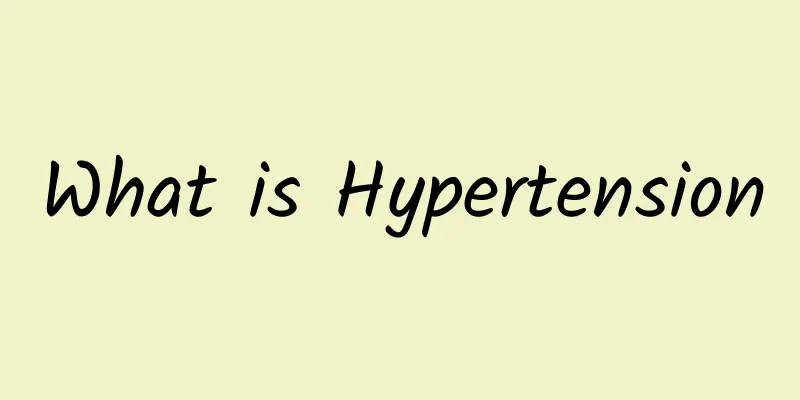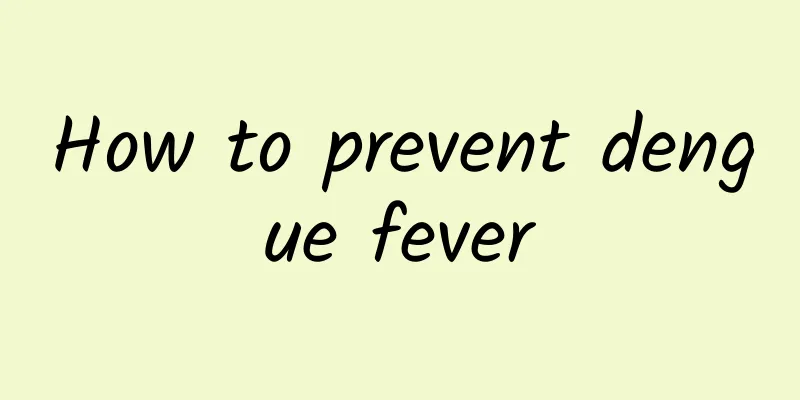What is Hypertension

|
I believe everyone is familiar with hypertension. We often hear about hypertension, but we still cannot understand it in depth. Let us learn about what hypertension is below. Our body's blood pressure generally fluctuates within a certain range. If it is higher than this range, it is considered to be hypertension. Hypertension can be divided into primary hypertension and secondary hypertension. The purpose of treating hypertension is to lower blood pressure. Hypertension is not scary, what is scary are the complications caused by hypertension, so we have to choose some foods that are helpful in lowering blood pressure. A normal person's blood pressure fluctuates within a certain range as the internal and external environment changes. In the general population, blood pressure levels gradually increase with age, especially in systolic blood pressure. However, after the age of 50, diastolic blood pressure shows a downward trend and pulse pressure also increases accordingly. In recent years, people's understanding of the role of multiple risk factors for cardiovascular disease and the protection of target organs such as the heart, brain, and kidneys has continued to deepen, and the diagnostic criteria for hypertension have also been constantly adjusted. It is currently believed that patients with the same blood pressure level have different risks of developing cardiovascular disease. Therefore, the concept of blood pressure stratification has been developed, that is, patients with different risks of cardiovascular disease should have different appropriate blood pressure levels. When doctors see patients, they judge the most appropriate blood pressure range for the patient based on the reference standards and the patient's specific situation, and adopt targeted treatment measures. 1. Treatment objectives and principles The ultimate goal of antihypertensive treatment is to reduce the incidence and mortality of cardiovascular and cerebrovascular diseases in patients with hypertension. Antihypertensive treatment should establish blood pressure control target values. On the other hand, hypertension often coexists with other risk factors for cardiovascular and cerebrovascular diseases, such as hypercholesterolemia, obesity, diabetes, etc., which synergistically increase the risk of cardiovascular disease. Treatment measures should be comprehensive. (1) Improve lifestyle behaviors ① Lose weight. ②Reduce sodium intake. ③Supplement calcium and potassium salts. ④Reduce fat intake. ⑤Increase exercise. ⑥Quit smoking and limit drinking. (2) In principle, blood pressure control standards should lower blood pressure to the maximum tolerable level for the patient. (3) Collaborative control of multiple cardiovascular risk factors: Although blood pressure is controlled within the normal range after antihypertensive treatment, multiple risk factors other than elevated blood pressure still have an important impact on prognosis. 2. Antihypertensive drug treatment (1) Types of antihypertensive drugs: ① Diuretics. ②β-receptor blockers. ③Calcium channel blockers. ④Angiotensin-converting enzyme inhibitors. ⑤Angiotensin II receptor blockers. (2) Treatment options Most patients without complications or comorbidities can use thiazide diuretics, beta-blockers, etc. alone or in combination. Treatment should start with a low dose and increase gradually. In actual clinical use, the patient's cardiovascular risk factors, target organ damage, complications, comorbidities, antihypertensive efficacy, adverse reactions, etc. will all affect the choice of antihypertensive drugs. Patients with stage 2 hypertension can be treated with a combination of two antihypertensive drugs from the beginning. Above we introduced what hypertension is. We know that hypertension is divided into primary and secondary types. Hypertension is treatable. As long as we understand the principles of treating hypertension and choose some drugs and foods that can lower blood pressure, we can control hypertension well. |
<<: The beauty benefits of Panax notoginseng powder
Recommend
The fastest way to open your throat
Professional singers know that they warm up their...
How to quickly relieve high blood pressure?
High blood pressure is a disease that usually occ...
What medicine should I take if I can't cough up phlegm?
What should I do if I have phlegm in my lungs and...
What is the incidence of rabies?
People are generally very susceptible to rabies b...
The efficacy and usage of Mihu flower
Huoshan Dendrobium is a perennial woody plant of ...
Chinese medicine for warming the kidney
Kidney tonification is a topic that male friends ...
What should I do if I get hemorrhoids?
Hemorrhoids can be said to be a common disease am...
What to do when you have an asthma attack? Try this
Although asthma is a chronic disease, if you don&...
How to reduce swelling and stasis
There are many little common senses in life that ...
How many grams of Tianma do you need
Xianma is a relatively common nutritional health ...
Wisdom tooth extraction anti-inflammatory medicine
Teeth are a very important part of our body. The ...
Symptoms of Rheumatoid Arthritis
As living conditions improve, people pay more att...
Feeling of dull pain inside the penis
The penis is a particularly important organ in ou...
What to do if your two-year-old baby is short
If a two-year-old baby is short, parents should t...
Septic shock
Sepsis is a disease with a relatively high incide...









